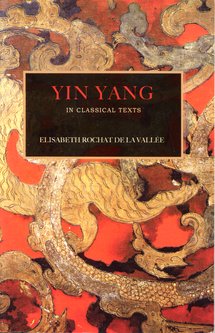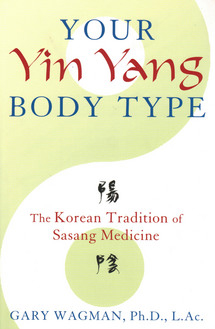Yin and yang
Books about Yin and Yang and Chinese philosophy
The human being as part of the universe
The books of Yin and Yang are best suited for an introduction to Chinese philosophy. Other titles can also be found in the section “Philosophical Texts”, as well as the books of Claude Larre and Rochat de la Valleé.
Yin and Yang is a part of the universe. So close world and human beings are interlinked in the Chinese philosophy has also been called an anthropo-cosmology. If the transformations of Qi are responsible for all beings, then this also applies to man.
The transformation phases of Qi in humans
The incarnation of Qi is in the first section of the debate, i.e. the share of Qi and its variants in the growth, growth and development of man. The second section is concerned with the body and body images, whose specific design in the centuries immediately before and after Christ’s birth remind us once again pictorially of the delimited and at the same time integrated microcosm of man. The arrangements for a long life and possibly for immortality will fascinate us as much as ancient Chinese ideas of death in the third section.
Kaptchuk’s great Book of Chinese Medicine helps us understand TCM better. It shows us how TCM works, explains and correlates such as acupuncture points and meridians, Chinese nutrition tips, basics such as Ying and Yang, pulse diagnosis, organs, the five phases of transformation and what Qi, Xue and Jing mean. Fascinatingly simple, Ted Kaptchuk explains in the book for patients and TCM therapists easily understandable the complexities and helps us to tap the eastern world of TCM.
The book is a systematic treatise on the principles and foundations of traditional Chinese medicine and, for many, the beginning of the desire to become more involved with TCM.


